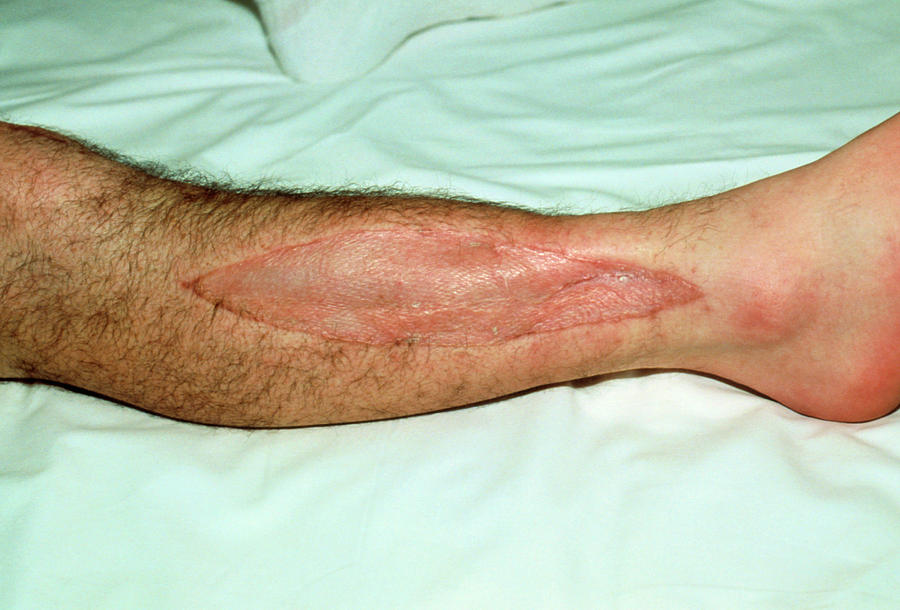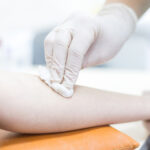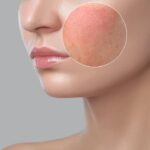Skin grafting is a crucial procedure used to treat extensive burns, traumatic wounds, and other skin defects. While the primary goal of skin grafting is to restore skin integrity, the use of adjuncts significantly improves the outcomes of grafting procedures. These adjuncts aid in promoting tissue regeneration, reducing graft failure, and enhancing recovery. This article explores the different types of skin grafting adjuncts, their mechanisms, and their role in ensuring optimal graft success.

What Are Skin Grafting Adjuncts?
Skin grafting adjuncts refer to supplementary treatments or therapies used alongside the primary skin grafting procedure to enhance graft survival and facilitate faster recovery. These adjuncts can include biological agents, growth factors, dressings, and various technological innovations. They are designed to support the healing process, mitigate complications, and improve the aesthetic results of grafts.
Types of Skin Grafting Adjuncts:
- Biological Agents: Growth factors, cytokines, and stem cells that stimulate tissue regeneration.
- Advanced Dressings: Special dressings that maintain a moist environment, support graft adherence, and reduce infection risks.
- Regenerative Therapies: Techniques such as platelet-rich plasma (PRP) therapy that promote healing and tissue regeneration.
- Gene Therapy: A novel approach to enhance skin graft viability and improve wound healing through genetic modification.
The Role of Skin Grafting Adjuncts in Enhancing Graft Success
Skin grafting is not without its challenges. Graft rejection, infection, poor graft take, and inadequate wound healing are common complications that can result in graft failure. By incorporating adjuncts into the treatment protocol, the likelihood of successful grafting is significantly increased.
Key Benefits of Skin Grafting Adjuncts:
- Improved Graft Take: Adjuncts such as growth factors help in promoting cell proliferation, improving graft integration with the underlying tissue.
- Faster Healing: Adjuncts like bioactive dressings create optimal environments for healing, reducing the overall recovery time for patients.
- Reduced Risk of Infection: Antimicrobial agents used in adjuncts help lower the risk of infection, which is a significant concern in skin grafting.
- Better Aesthetic Outcomes: With the aid of regenerative therapies, such as stem cell treatments, the graft site can heal more naturally, leading to improved cosmetic results.
- Enhanced Blood Flow and Oxygenation: Certain adjuncts can increase blood circulation to the grafted area, promoting tissue nourishment and reducing the likelihood of necrosis.
Common Skin Grafting Adjuncts and Their Mechanisms
1. Growth Factors and Cytokines
Growth factors and cytokines are natural proteins that regulate cell division, migration, and differentiation. When applied to skin grafts, these biologics stimulate the repair and regeneration of skin cells, enhancing the integration of the graft into the surrounding tissue.
- Epidermal Growth Factor (EGF): Stimulates the proliferation of keratinocytes, helping to re-epithelialize the graft area.
- Platelet-Derived Growth Factor (PDGF): Plays a key role in wound healing by stimulating collagen formation and attracting fibroblasts to the site.
- Transforming Growth Factor (TGF): Facilitates the development of extracellular matrix components, improving graft adherence and strength.
2. Platelet-Rich Plasma (PRP) Therapy
PRP therapy has gained popularity in regenerative medicine for its ability to accelerate tissue repair. In the context of skin grafting, PRP, which is derived from a patient’s blood, contains a high concentration of platelets and growth factors that stimulate tissue regeneration, reduce inflammation, and enhance wound healing.
- Benefits: PRP therapy increases graft survival, reduces the time required for wound closure, and improves the quality of healing tissue.
3. Bioactive Dressings and Wound Care Products
Modern bioactive dressings have revolutionized the post-grafting care process. These advanced dressings help maintain a moist environment, protect the graft from infections, and promote faster healing by releasing bioactive molecules that support cell growth.
- Hydrocolloid and Hydrogel Dressings: These dressings are highly effective in maintaining a moist wound environment, which is critical for graft integration.
- Collagen-Based Dressings: Used to promote cellular migration and provide a scaffold for the newly forming tissue.
4. Stem Cell Therapy
Stem cell therapy is emerging as an exciting adjunct in skin grafting procedures. Stem cells derived from various sources (e.g., adipose tissue, bone marrow) have the potential to differentiate into skin cells and regenerate damaged tissue. When applied to graft sites, they can accelerate wound healing, improve graft take, and enhance the formation of new skin.
- Autologous Stem Cells: Stem cells taken from the patient’s own body are less likely to cause immune rejection, making them an ideal option for adjunctive therapy.
- Benefits: Faster healing, improved graft quality, and reduced scarring.
5. Gene Therapy for Skin Grafting
Gene therapy in the context of skin grafting involves modifying the genetic material of cells to enhance healing and tissue regeneration. This advanced adjunct can introduce specific genes into skin cells to improve graft take, increase collagen production, and even enhance resistance to infection.
- Mechanism: By using viral or non-viral vectors, specific genes are inserted into skin cells, which then produce proteins that enhance wound healing.
- Future Implications: Gene therapy offers the potential for long-term improvements in graft survival and skin regeneration.
Optimizing Recovery with Skin Grafting Adjuncts
The postoperative care of a skin graft recipient is critical to ensuring its success. Adjuncts play an essential role in optimizing recovery and ensuring graft survival.
Key Postoperative Care Strategies:
- Pain Management: Pain relief strategies are essential to facilitate a smooth recovery process.
- Monitoring Graft Viability: Regular monitoring of the grafted area is important to detect any signs of graft failure or complications.
- Physical Therapy: After grafting, some patients may require physical therapy to restore functionality and prevent contractures.
Adjunctive Therapies for Pain and Comfort:
- Topical Analgesics: Use of topical numbing agents or anti-inflammatory treatments can reduce pain and swelling.
- Compression Garments: These garments help reduce swelling and improve graft adherence.
Potential Complications and How Adjuncts Mitigate Risks
While skin grafting adjuncts offer numerous benefits, it is important to acknowledge the potential complications that may arise and how adjuncts can minimize these risks.
1. Graft Rejection
Graft rejection occurs when the immune system recognizes the graft as foreign and begins to attack it. Adjuncts like immunosuppressive therapies and PRP therapy can help manage rejection and promote graft integration.
2. Infection
Infections are a significant risk in skin grafting. Adjuncts like antimicrobial dressings and antibiotic agents help prevent infection, which is a major cause of graft failure.
3. Scarring and Contractures
Scarring is an inevitable part of healing, but adjuncts like stem cell therapy can help minimize scarring and improve cosmetic outcomes by promoting more natural tissue regeneration.
Skin grafting adjuncts have become an essential part of modern grafting procedures. From growth factors and PRP therapy to advanced wound care dressings and stem cell treatments, these adjuncts play a pivotal role in ensuring the success of grafting surgeries, promoting faster healing, and improving aesthetic outcomes. With advancements in regenerative medicine and tissue engineering, the future of skin grafting is bright, offering patients more effective and reliable options for skin restoration.

